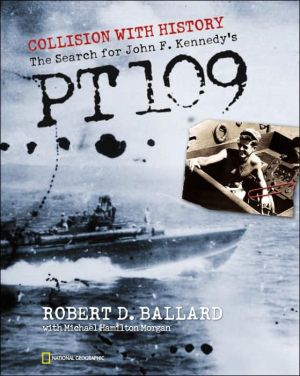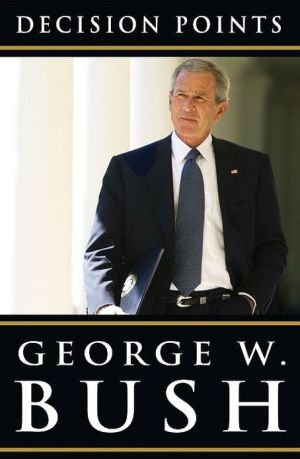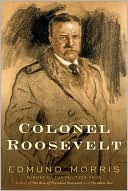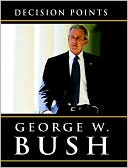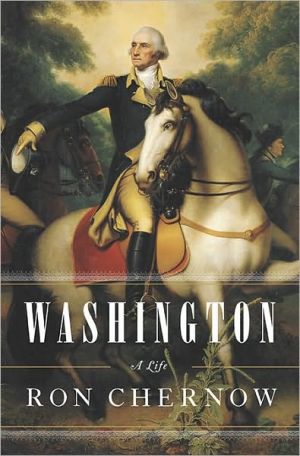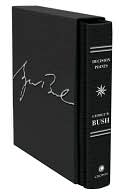Collison with History: The Search for John F. Kennedy's PT 109
Michael Hamilton Morgan writes on the PT 109 collision:\ \ \ It's about 2 a. m. , August 2, 1943. Lt. John F. Kennedy squints into the fog and black while at the wheel of PT 109, idling in the Blackett Strait off Gizo in the Solomon Islands. His orders are to attack the "Tokyo Express" resupplying Japanese installations. . . . He and his young crew are ready, but handicapped by darkness and fog. . . . Suddenly, only 300 yards away, a black shape looms. . . traveling without lights and at high...
Search in google:
Michael Hamilton Morgan writes on the PT 109 collision: It's about 2 a. m. , August 2, 1943. Lt. John F. Kennedy squints into the fog and black while at the wheel of PT 109, idling in the Blackett Strait off Gizo in the Solomon Islands. His orders are to attack the “Tokyo Express” resupplying Japanese installations. . . . He and his young crew are ready, but handicapped by darkness and fog. . . . Suddenly, only 300 yards away, a black shape looms. . . traveling without lights and at high speed. Only seconds before impact. . . the ship is identified as a Japanese destroyer, the Amagiri. The much larger craft slices through the hull of PT 109, cutting the 80-foot wooden-hulled boat in two. Several of the crew are injured, one critically. The crew takes refuge on the larger section that remains afloat until dawn. Then all are into the water, and Lt. Kennedy begins the series of epic swims that will save his crew and earn him a place in history. Forty years after his death and 60 years after his first collision with history in the South Pacific, John F. Kennedy and his story still inspire readers. In Collision with History, JFK's heroic efforts to save the 11-man crew of PT 109 are brought to vivid life, interwoven with a comprehensive history of PT boats and the World War II campaign in the Solomon Islands. Combining renowned explorer Robert Ballard's account of his search for the wreckage of PT 109 with survivor accounts and Kennedy family members' personal recollections, this companion volume to the major National Geographic television event is a moving introduction to the young war hero who would later become president. Publishers Weekly The story of John F. Kennedy's actions following the destruction of his 80-foot wooden-hulled boat in the Solomon Islands in 1943 has been told many times, in countless histories and biographies. Bestselling author Ballard (Finding the Titanic), who runs the Institute for Exploration, a nonprofit organization specializing in deep-sea research, offers a unique view, leading an expedition this past spring to find PT 109. Using accounts from Kennedy, surviving crew members and navy officers, he re-creates the days before the collision up until the rescue. It's a powerful presentation, and the details about the ship and the conditions of the remote island they eventually ended up on in the South Pacific nearly 60 years ago are fascinating. Ballard tells how Kennedy swam nearly two miles to safety and heroically saved his crew, describes the Solomon Islands themselves ("there is no patch of ocean and earth quite like this anywhere else in the world") and ends with a technical, though lucid, account of his own efforts to recover the ship. Complete with photographs from the expedition, archival photos and an introduction by Sen. Ted Kennedy, this captivating book should appeal to history buffs and Kennedy fans alike and could be an engaging introduction to PT 109's story and Kennedy lore for younger readers. Photos, maps. (Nov.) Copyright 2002 Cahners Business Information.
From pages 88-92:\ "Ship at two o'clock!" Kennedy, looking to his starboard, could see a black shape approaching. He concluded that it was one of his fellow PT boats.\ But the thing kept getting bigger, and it was going fast-30 to 40 knots, according to the Japanese. In that sickening interval as the dim shape grew, its bow wave\ phosphorescent from the tropical marine creatures disturbed within, Kennedy and the others were forced to understand what was about to happen. With only 40 seconds until impact, John Kennedy finally realized that a Japanese destroyer was bearing down on him at full speed….\ The PT boat, hit full force, lost its starboard side. Weighted down by an engine and without any means of maintaining floatation, it sank immediately into the sea. The\ larger part, sustained by watertight compartments, though knocked violently askew by the collision, stayed afloat, though unable to gain headway or fire.\ *****\ From page 178\ Surrounded by a featureless sea bottom, the target was long and narrow, shaped like a ship's hull. It was rectangular in shape measuring 30 to 40 feet by 23 feet-just about the width of PT 109. It also contained a series of strong targets that looked like torpedo launchers.\ I took a deep breath and sent Argus and Little Herc in to take a closer look.\ We found what at first looked to the untrained eye like a section of rusted,\ encrusted cylinder or pipe, maybe two feet in diameter and about thirteen feet long, but broken in two halfway down. Anenomes waved their tendrils from its barrel. Fish swam in and out. This otherwise unexciting cylindrical object lay in a small depression surrounded by gently sloping walls of sand on a remarkably clean bottom that looked like the Sahara.\ The tubes looked like either torpedoes or torpedo launchers or both. We would have to wait until our historian Dale Ridder and PT 105 skipper Dick Keresey had a look.\ We ran our video cameras from several angles, then shut down for the night. Though my little bunk on Grayscout was no more comfortable than it had been the nights before, I slept better than any time since I'd left the U.S. days ago. As I drifted off, I was almost pinching myself to make sure that my last-minute discovery wasn't just a pleasant dream. While I would wait for the experts' final verdict, I felt deep down that we had found what was left of PT 109.\ \
\ Publishers WeeklyThe story of John F. Kennedy's actions following the destruction of his 80-foot wooden-hulled boat in the Solomon Islands in 1943 has been told many times, in countless histories and biographies. Bestselling author Ballard (Finding the Titanic), who runs the Institute for Exploration, a nonprofit organization specializing in deep-sea research, offers a unique view, leading an expedition this past spring to find PT 109. Using accounts from Kennedy, surviving crew members and navy officers, he re-creates the days before the collision up until the rescue. It's a powerful presentation, and the details about the ship and the conditions of the remote island they eventually ended up on in the South Pacific nearly 60 years ago are fascinating. Ballard tells how Kennedy swam nearly two miles to safety and heroically saved his crew, describes the Solomon Islands themselves ("there is no patch of ocean and earth quite like this anywhere else in the world") and ends with a technical, though lucid, account of his own efforts to recover the ship. Complete with photographs from the expedition, archival photos and an introduction by Sen. Ted Kennedy, this captivating book should appeal to history buffs and Kennedy fans alike and could be an engaging introduction to PT 109's story and Kennedy lore for younger readers. Photos, maps. (Nov.) Copyright 2002 Cahners Business Information.\ \ \ \ \ Library JournalOn a foggy August night in 1943, the future President's PT boat was rammed and sunk by a Japanese destroyer in the Solomon Islands. Two of the 13-man crew died in the action, which cut their boat in two. Kennedy acquitted himself well in the aftermath, assisting two injured crewmen, leading the survivors to nearby islands and eventually getting word to rescuers. In the tradition of his explorations of the Titanic and Bismarck wrecks, Ballard (with help from writer/consultant Morgan) attempts to set the strategic and tactical stage for Kennedy's war, but the result is rather disappointing. The text then jumps forward to the May 2002 expedition to locate the wreck. There is some material describing the geography of the Solomons and their modern inhabitants. Chapter 5, which is given over to the actual search and discovery, might have made a detailed magazine article but is scarcely sufficient to form the core of a book. Heavily illustrated with photos and National Geographic reconstructions, and with family remembrances and an introduction by Sen. Edward Kennedy, this coffee-table book feels rushed into print to accompany the promised television documentary. A marginal purchase unless the documentary generates demand.-Edwin B. Burgess, U.S. Army Combined Arms Research Lib., Fort Leavenworth, KS Copyright 2002 Cahners Business Information.\ \
